Home>Furniture & Design>Bathroom Accessories>What Is A Loofah
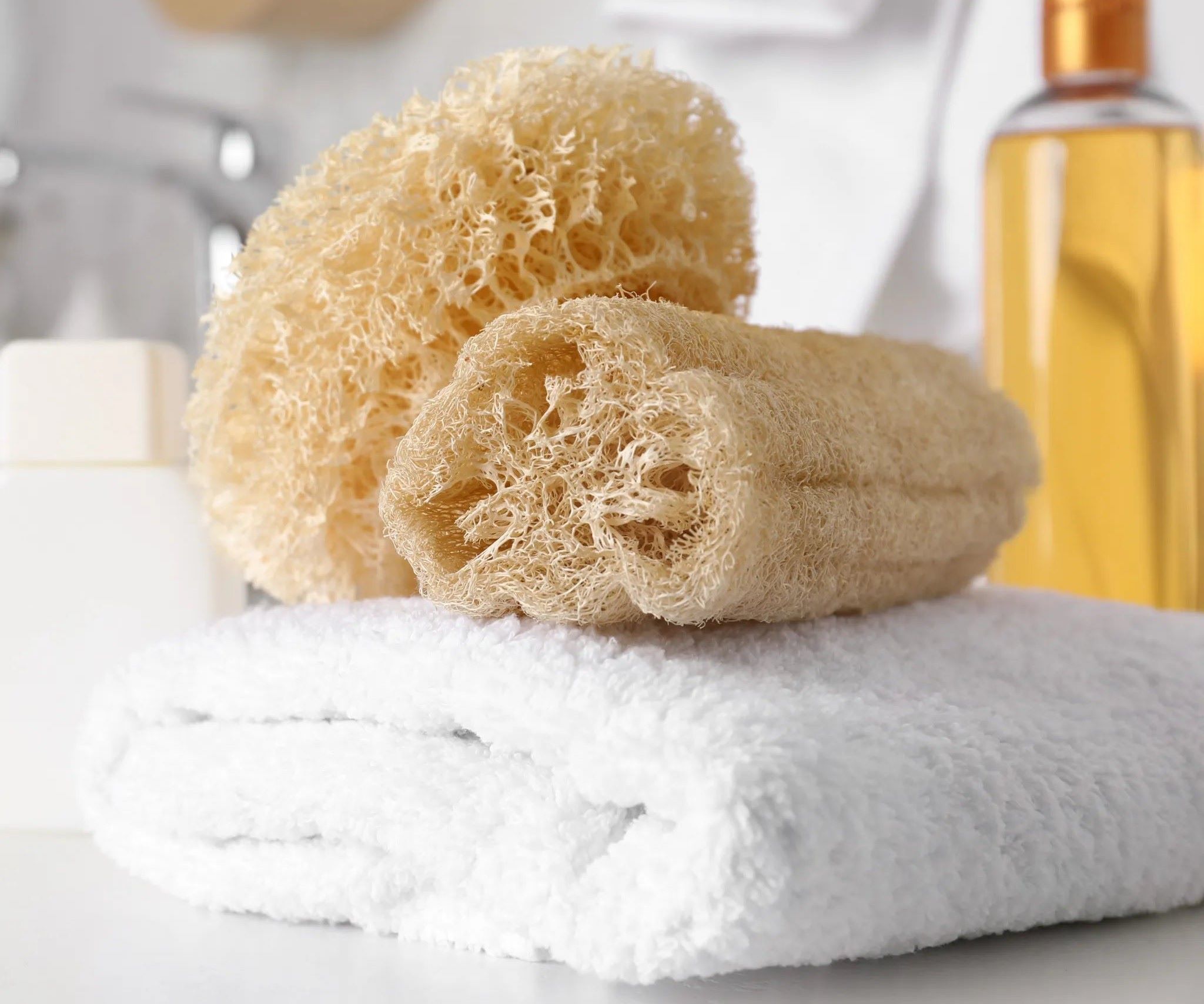

Bathroom Accessories
What Is A Loofah
Modified: February 18, 2024
Discover the benefits of using a loofah as a bathroom accessory. Learn how loofahs can exfoliate and cleanse your skin, leaving you feeling refreshed and rejuvenated. Explore our guide to find the perfect loofah for your skincare routine.
(Many of the links in this article redirect to a specific reviewed product. Your purchase of these products through affiliate links helps to generate commission for Storables.com, at no extra cost. Learn more)
Introduction
A loofah is a natural bath accessory that has been used for centuries to cleanse and exfoliate the skin. It is derived from the fibrous skeleton of the mature fruit of a plant in the cucumber family, making it an eco-friendly and sustainable option for personal care. The use of loofahs has gained popularity due to their exfoliating properties and the luxurious lather they produce when paired with soap or body wash.
The unique texture of the loofah makes it an effective tool for removing dead skin cells, unclogging pores, and stimulating blood circulation. This not only leaves the skin feeling smoother and softer but also promotes a healthy glow. With its gentle exfoliating action, the loofah is suitable for all skin types, including sensitive skin, making it a versatile and widely favored bathroom accessory.
In addition to its skincare benefits, the loofah also provides a spa-like experience, allowing individuals to indulge in a rejuvenating and invigorating shower or bath. Its natural and sustainable nature aligns with the growing trend of eco-conscious consumer choices, making it a popular option for those seeking environmentally friendly personal care products.
As we delve deeper into the world of loofahs, we will explore their rich history, the various types available, the multitude of benefits they offer, and the proper techniques for using and caring for them. Whether you are a long-time loofah enthusiast or new to the concept, this comprehensive guide will equip you with the knowledge to make the most of this beloved bathroom essential.
Key Takeaways:
- The loofah, a natural bath accessory, gently exfoliates and promotes smoother, healthier skin. Its rich history and diverse types cater to individual preferences, offering a spa-like experience at home.
- Using a loofah enhances the bathing experience, stimulates circulation, and promotes relaxation. Its eco-friendly nature aligns with sustainable living, making it a valuable addition to daily self-care rituals.
Read more: What Is A Loofah For
History of Loofah
The history of the loofah dates back thousands of years, with its origins rooted in ancient civilizations across the globe. The use of loofahs can be traced to regions such as Egypt, India, and China, where they were valued for their multifaceted utility and natural properties.
In ancient Egypt, loofahs were utilized for their exfoliating and cleansing properties, playing a significant role in personal hygiene and skincare routines. The fibrous texture of the loofah made it an ideal tool for removing dirt, sweat, and dead skin cells, contributing to the maintenance of healthy and radiant skin.
Similarly, in India, the loofah found its place in traditional Ayurvedic practices, where it was revered for its exfoliating and rejuvenating effects on the skin. The use of loofahs in Ayurveda reflects the deep-rooted understanding of natural remedies and the importance of holistic self-care in ancient Indian culture.
In China, the loofah was not only valued for its skincare benefits but also recognized for its practical applications. The durable and absorbent nature of the loofah made it a versatile material for household cleaning, such as scrubbing utensils and surfaces, showcasing its adaptability beyond personal care.
The widespread use of loofahs continued through the ages, with their presence documented in various historical texts and artifacts. As trade routes expanded, the loofah gained recognition in different parts of the world, further solidifying its status as a revered and versatile natural resource.
Today, the legacy of the loofah lives on, as it remains a staple in modern skincare and personal care routines. Its enduring popularity is a testament to the timeless appeal and efficacy of this natural bath accessory, which has transcended centuries and cultures to become a beloved essential in bathrooms worldwide.
Types of Loofah
When it comes to loofahs, there is a diverse array of options available, each offering unique characteristics and benefits. Understanding the different types of loofahs can help individuals choose the most suitable option based on their preferences and skincare needs. Here are some of the common types of loofahs:
-
Natural Loofah: Also known as the luffa or sponge gourd, the natural loofah is derived from the fibrous interior of the mature luffa plant. It is prized for its excellent exfoliating properties and ability to create a rich lather when paired with soap or body wash. Natural loofahs come in various shapes and sizes, catering to different preferences for exfoliation intensity and coverage.
-
Synthetic Loofah: Synthetic loofahs are typically made from materials such as nylon or polyester. While they may not offer the same natural and eco-friendly appeal as their plant-based counterparts, synthetic loofahs are known for their durability and quick drying properties. They are often favored for their resilience and ability to retain their shape over time.
-
Loofah Mitts and Gloves: These specialized loofah products are designed in the form of mitts or gloves, allowing for a more controlled and targeted exfoliation experience. Loofah mitts are convenient for individuals who prefer a hands-on approach to exfoliation, enabling them to effectively scrub and massage the skin during bathing or showering.
-
Decorative Loofahs: In addition to their functional benefits, decorative loofahs serve as aesthetically pleasing bathroom accessories. These loofahs are often adorned with colorful designs and embellishments, adding a touch of visual appeal to the bathing experience. They make for delightful gifts and can enhance the overall ambiance of the bathroom.
-
Compressed Loofahs: Compressed loofahs are compact and space-saving, expanding when immersed in water. This feature makes them ideal for travel or storage purposes, as they can be easily rehydrated for use and then dried for convenience. Compressed loofahs offer the versatility of a full-sized loofah in a more portable form.
-
Long-Handled Loofahs: Long-handled loofahs feature an extended handle, allowing individuals to reach and exfoliate hard-to-access areas of the body, such as the back. This design provides added convenience and flexibility during the bathing process, ensuring thorough exfoliation across the entire body.
By exploring the various types of loofahs available, individuals can select the option that best aligns with their skincare preferences, lifestyle, and environmental considerations. Whether opting for the natural exfoliation of a plant-based loofah or the durability of a synthetic alternative, there is a loofah variation suited for every individual seeking to elevate their bathing experience and skincare routine.
Benefits of Using a Loofah
Using a loofah as part of your skincare routine offers a multitude of benefits that contribute to the overall health and appearance of your skin. Here are the key advantages of incorporating a loofah into your bathing regimen:
-
Exfoliation: One of the primary benefits of using a loofah is its exceptional exfoliating properties. The natural texture of the loofah gently sloughs away dead skin cells, revealing smoother and softer skin underneath. Regular exfoliation with a loofah can help prevent clogged pores, reduce the occurrence of ingrown hairs, and promote a more radiant complexion.
-
Stimulates Circulation: The act of exfoliating with a loofah stimulates blood circulation in the skin, which can contribute to a healthier and more vibrant appearance. Improved circulation helps deliver essential nutrients to the skin cells and aids in the removal of toxins, promoting overall skin vitality.
-
Enhances Product Absorption: By removing the layer of dead skin cells, using a loofah can enhance the absorption of skincare products, such as moisturizers and serums. This allows the active ingredients in these products to penetrate more effectively, maximizing their benefits for the skin.
-
Promotes Smooth and Even Skin Texture: Regular use of a loofah can help smooth rough patches and uneven skin texture, particularly in areas prone to dryness, such as elbows, knees, and heels. The exfoliating action of the loofah encourages a more uniform skin surface, contributing to a polished and healthy appearance.
-
Prepares Skin for Hair Removal: Prior to shaving or using hair removal methods, exfoliating with a loofah can help prepare the skin by lifting and softening the hair follicles. This can result in a closer and more comfortable shave, reducing the likelihood of irritation and ingrown hairs.
-
Relaxation and Stress Relief: The tactile experience of using a loofah during bathing can provide a sense of relaxation and indulgence. The gentle massaging action of the loofah can help relieve tension and promote a spa-like ambiance, enhancing the overall bathing experience.
-
Environmentally Friendly: Natural loofahs are biodegradable and environmentally sustainable, making them an eco-friendly choice for personal care. By opting for a natural loofah, individuals can reduce their environmental impact and contribute to sustainable living practices.
Incorporating a loofah into your skincare routine can elevate the effectiveness of your cleansing and exfoliation process, leading to healthier, smoother, and more radiant skin. Whether you seek to enhance the texture of your skin, promote relaxation, or embrace eco-conscious choices, the benefits of using a loofah make it a valuable addition to your daily self-care rituals.
When using a loofah, make sure to rinse it thoroughly after each use and allow it to air dry completely to prevent the growth of bacteria and mold. This will help keep your loofah clean and safe for use.
How to Use a Loofah
Using a loofah effectively can enhance your bathing experience and contribute to the overall health and appearance of your skin. Here's a step-by-step guide on how to use a loofah for optimal results:
-
Preparation: Begin by wetting the loofah with warm water to soften it before use. This helps to ensure that the loofah is gentle on the skin and creates a luxurious lather when paired with soap or body wash.
-
Apply Cleanser: Apply a small amount of your preferred cleanser, such as body wash or soap, directly onto the wet loofah. The porous texture of the loofah allows it to effectively hold and distribute the cleanser, maximizing its cleansing and exfoliating properties.
-
Gentle Exfoliation: Using gentle, circular motions, massage the loofah over your body, starting from your feet and working your way up. Focus on areas that may benefit from exfoliation, such as elbows, knees, and heels. The natural texture of the loofah helps to slough away dead skin cells, revealing smoother and softer skin.
-
Avoid Over-Exfoliation: While the exfoliating action of the loofah is beneficial, it's important to avoid excessive pressure or over-exfoliation, especially on sensitive areas. Use light to moderate pressure to ensure a gentle and effective exfoliation process.
-
Rinse and Squeeze: After exfoliating, thoroughly rinse your skin to remove any remaining cleanser and exfoliated skin cells. Squeeze the loofah to remove excess water and allow it to air dry in a well-ventilated area to prevent the growth of bacteria.
-
Post-Exfoliation Care: Following exfoliation, it's essential to moisturize your skin to replenish moisture and maintain its hydration. Applying a nourishing body lotion or moisturizer can help soothe and protect the skin after exfoliation.
-
Regular Maintenance: To ensure the longevity of your loofah and maintain its hygiene, it's recommended to replace it every 3-4 weeks, especially if it shows signs of wear or deterioration. Regularly cleaning and air-drying the loofah after each use can also help prevent the buildup of bacteria.
By following these simple yet effective steps, you can make the most of your loofah and enjoy a rejuvenating and invigorating bathing experience. Incorporating a loofah into your skincare routine can promote smoother, healthier-looking skin while providing a luxurious and indulgent self-care ritual.
Read more: What Plant Is A Loofah
Caring for Your Loofah
Proper care and maintenance are essential to ensure that your loofah remains hygienic, effective, and long-lasting. By implementing the following practices, you can preserve the quality of your loofah and promote a healthy bathing experience:
-
Rinsing and Drying: After each use, thoroughly rinse the loofah under running water to remove any residual soap, body wash, or skin cells. Squeeze the loofah to expel excess water and allow it to air dry in a well-ventilated area. Ensuring that the loofah dries completely between uses helps prevent the growth of bacteria and mold.
-
Avoiding Prolonged Moisture: It's important to keep your loofah away from prolonged moisture, such as leaving it in a damp shower or bath environment. Excessive moisture can promote the growth of bacteria and compromise the integrity of the loofah. Store the loofah in a dry area when not in use to maintain its freshness.
-
Regular Cleaning: Periodically clean the loofah to remove accumulated residue and bacteria. This can be done by soaking the loofah in a solution of water and white vinegar for a few hours, followed by thorough rinsing and drying. Alternatively, you can sanitize the loofah by boiling it in water for a few minutes, then allowing it to cool and dry.
-
Replacing When Necessary: Over time, loofahs can wear out and become less effective. It's advisable to replace your loofah every 3-4 weeks, especially if it shows signs of deterioration, such as fraying or discoloration. Regularly inspecting your loofah for any signs of wear can help you determine when it's time for a replacement.
-
Individual Use: To maintain hygiene, it's best for each individual to have their own personal loofah. Sharing loofahs can lead to the transfer of bacteria and germs, potentially compromising skin health. Having designated loofahs for each family member or household member is a hygienic practice.
By incorporating these care practices into your loofah maintenance routine, you can ensure that your loofah remains clean, effective, and conducive to a refreshing bathing experience. Taking the time to care for your loofah not only preserves its quality but also contributes to the overall hygiene and well-being of your skin.
Conclusion
In conclusion, the loofah stands as a timeless and versatile bathroom accessory that offers a myriad of benefits for skincare and personal hygiene. With its rich historical significance and enduring popularity, the loofah has transcended cultural boundaries and continues to be cherished for its natural exfoliating properties, spa-like indulgence, and eco-friendly appeal.
From its origins in ancient civilizations to its modern-day presence in bathrooms worldwide, the loofah has remained a symbol of holistic self-care and sustainable living. Its ability to gently exfoliate the skin, stimulate circulation, and enhance the absorption of skincare products makes it a valuable addition to daily bathing rituals. Furthermore, the tactile experience of using a loofah provides a sense of relaxation and rejuvenation, elevating the overall bathing experience.
The diverse array of loofah types, including natural, synthetic, mitts, decorative, compressed, and long-handled variations, caters to individual preferences and skincare needs. Whether seeking a gentle exfoliation, targeted scrubbing, or space-saving convenience, there is a loofah option suited for every lifestyle and bathing routine.
By understanding the proper techniques for using and caring for a loofah, individuals can maximize its efficacy while maintaining hygiene and longevity. Incorporating a loofah into a skincare regimen not only promotes smoother, healthier-looking skin but also aligns with eco-conscious choices, especially when opting for natural and biodegradable loofahs.
As individuals seek to prioritize self-care, relaxation, and sustainable living, the loofah remains a steadfast companion in the journey towards holistic well-being. Its enduring appeal and multifaceted benefits make it a cherished essential in the realm of personal care, offering a harmonious blend of tradition, efficacy, and environmental mindfulness.
In essence, the loofah transcends its functional role as a bath accessory, embodying a timeless connection to nature, wellness, and the art of self-pampering. Its presence in daily routines serves as a gentle reminder of the beauty and efficacy of natural remedies, enriching the bathing experience and nurturing the skin with each use.
Frequently Asked Questions about What Is A Loofah
Was this page helpful?
At Storables.com, we guarantee accurate and reliable information. Our content, validated by Expert Board Contributors, is crafted following stringent Editorial Policies. We're committed to providing you with well-researched, expert-backed insights for all your informational needs.
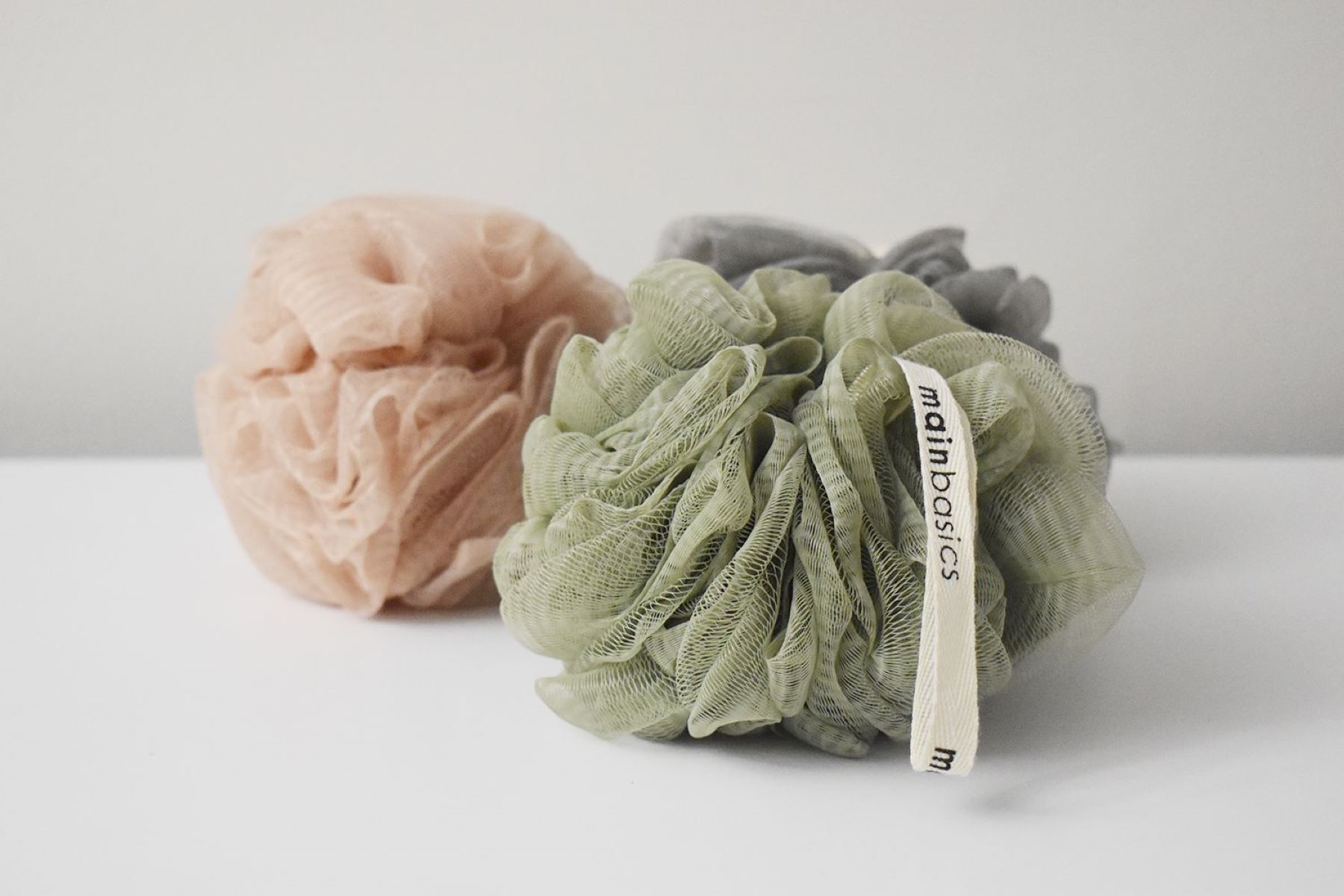
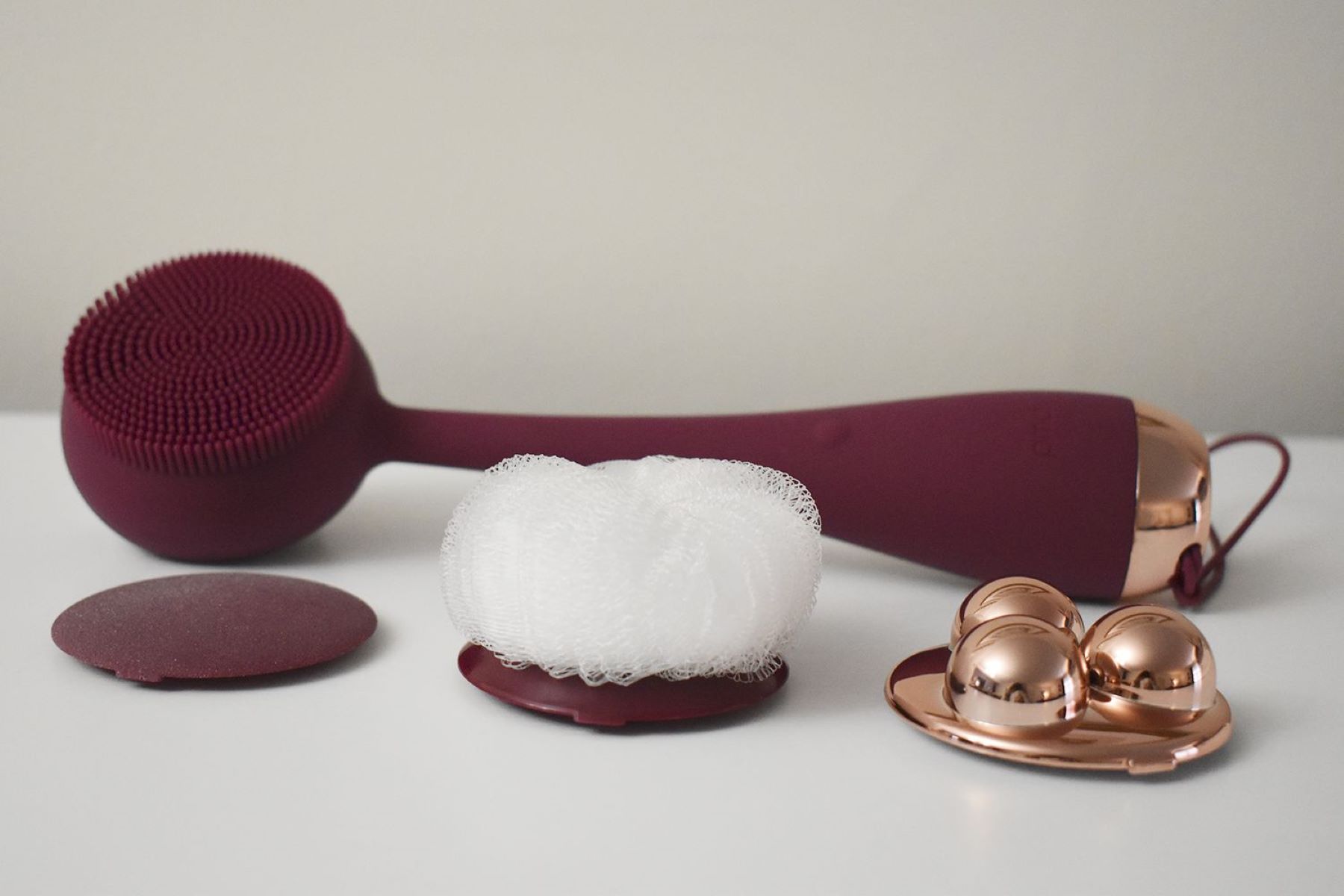
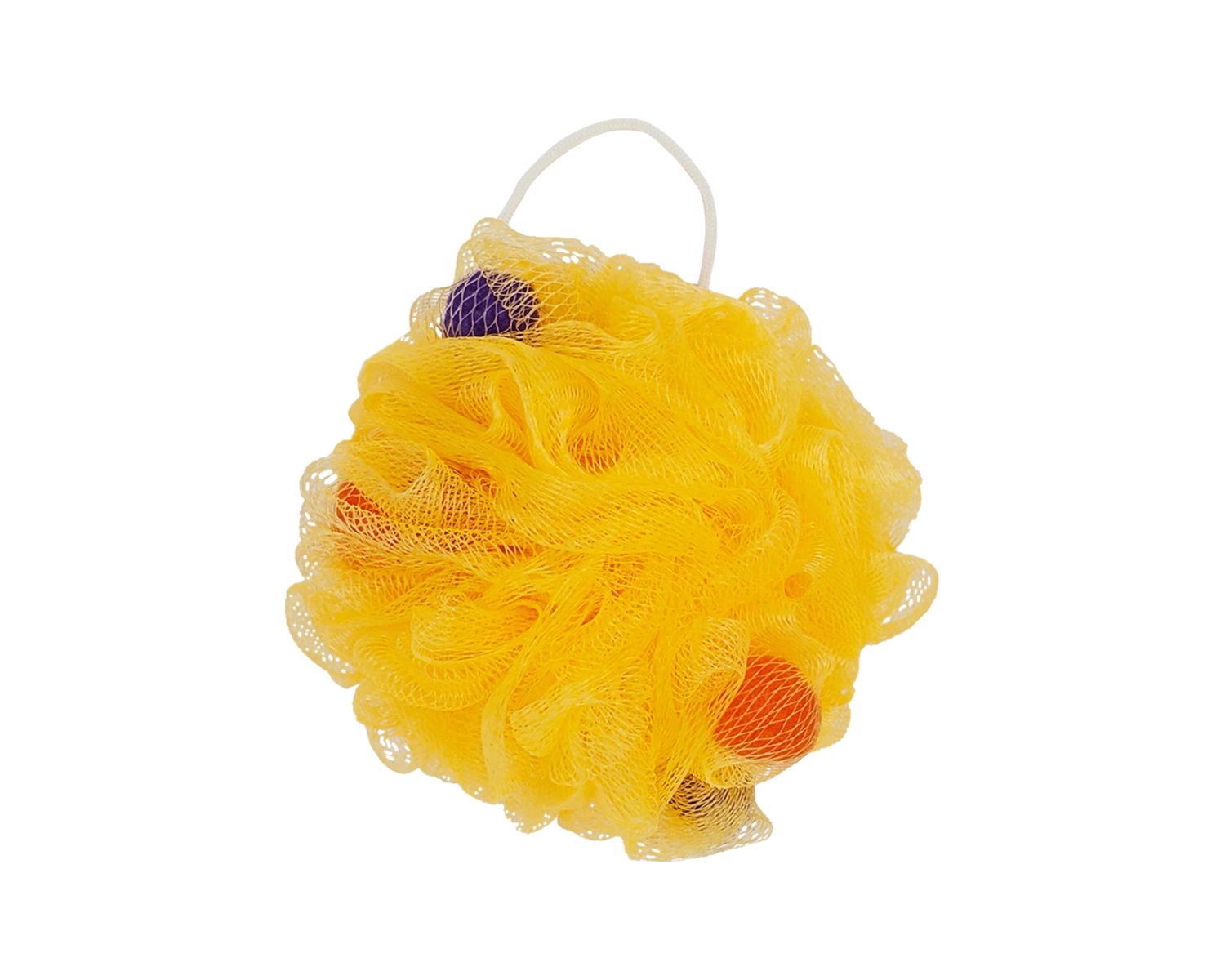
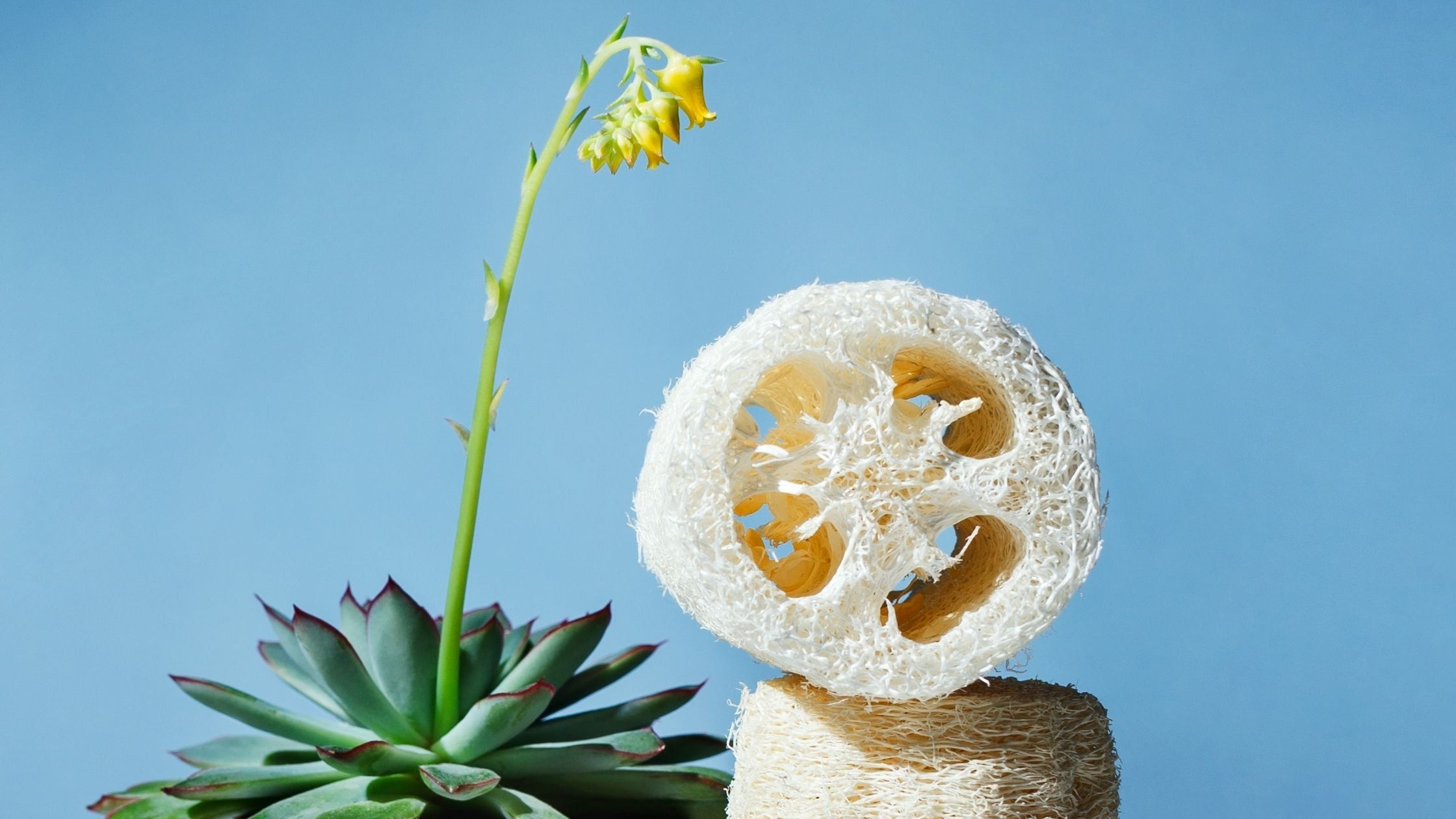
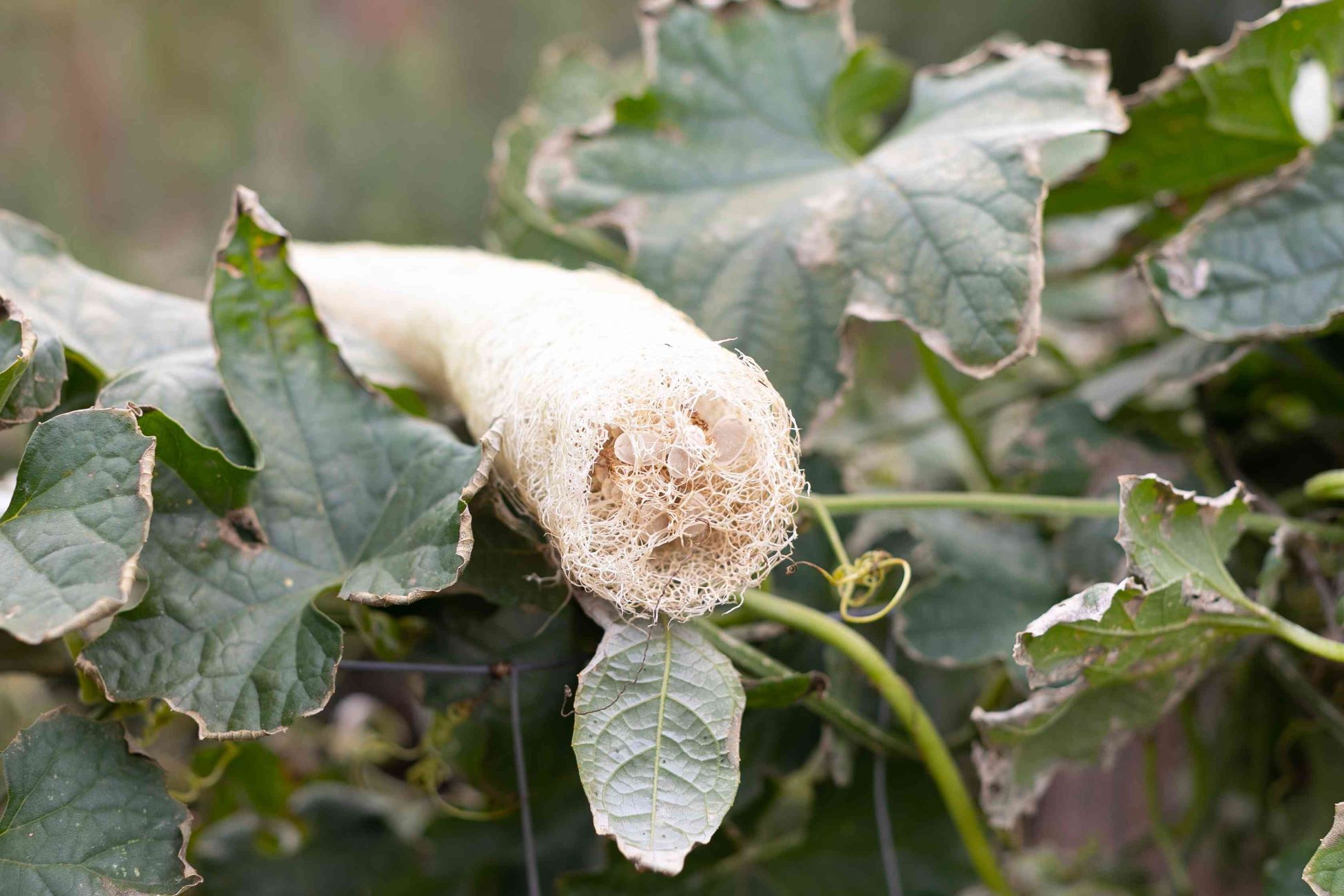
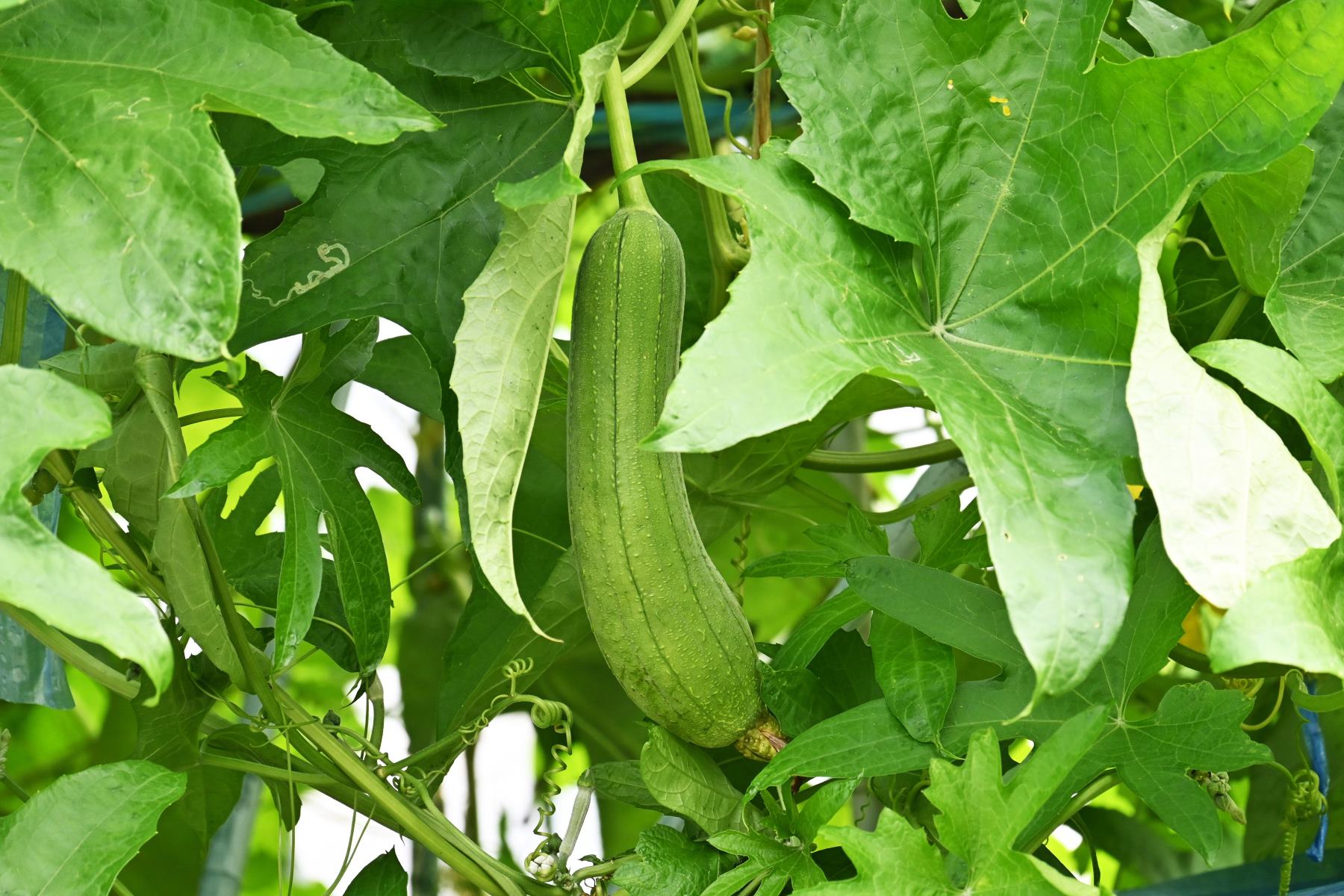
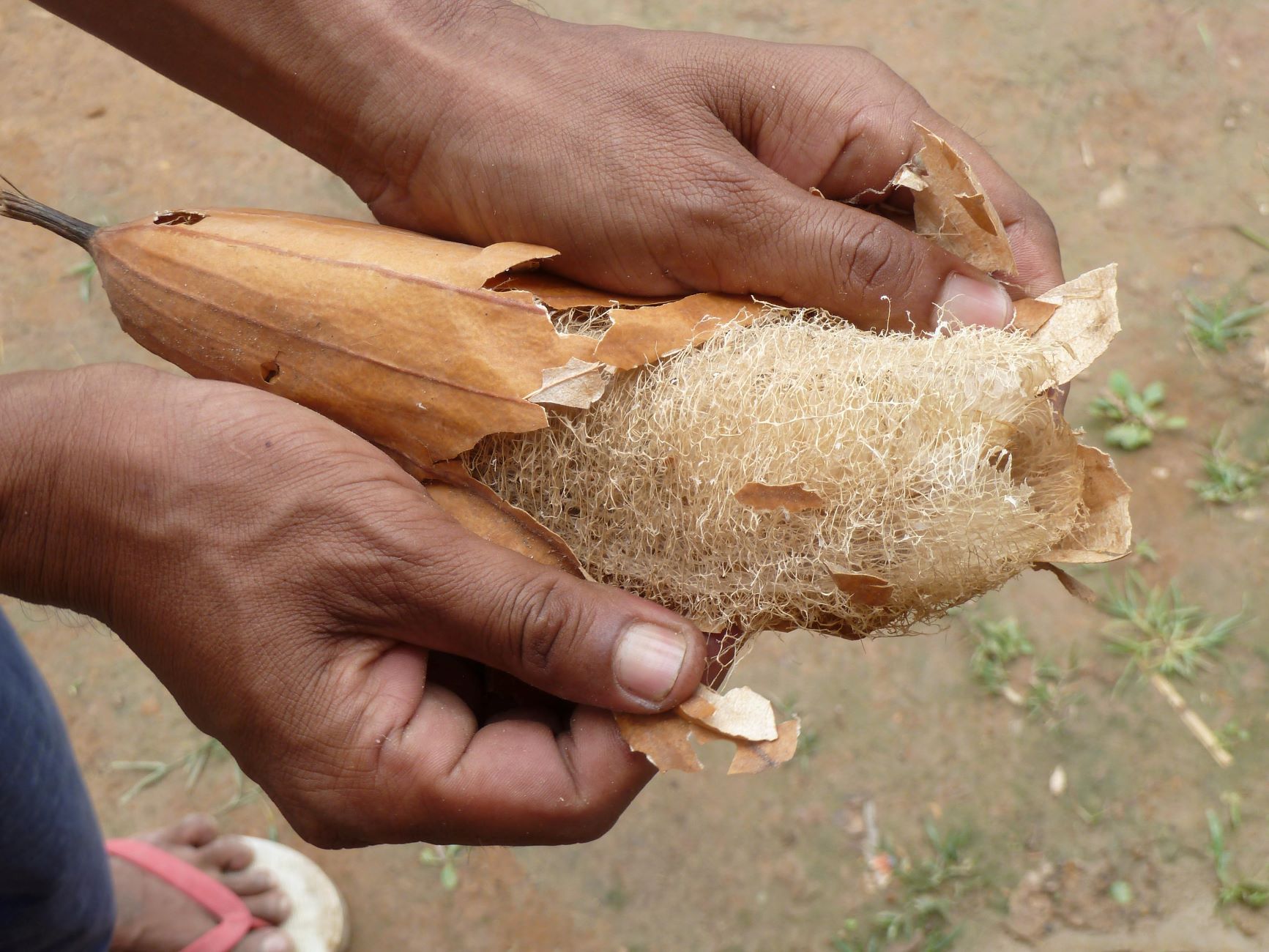
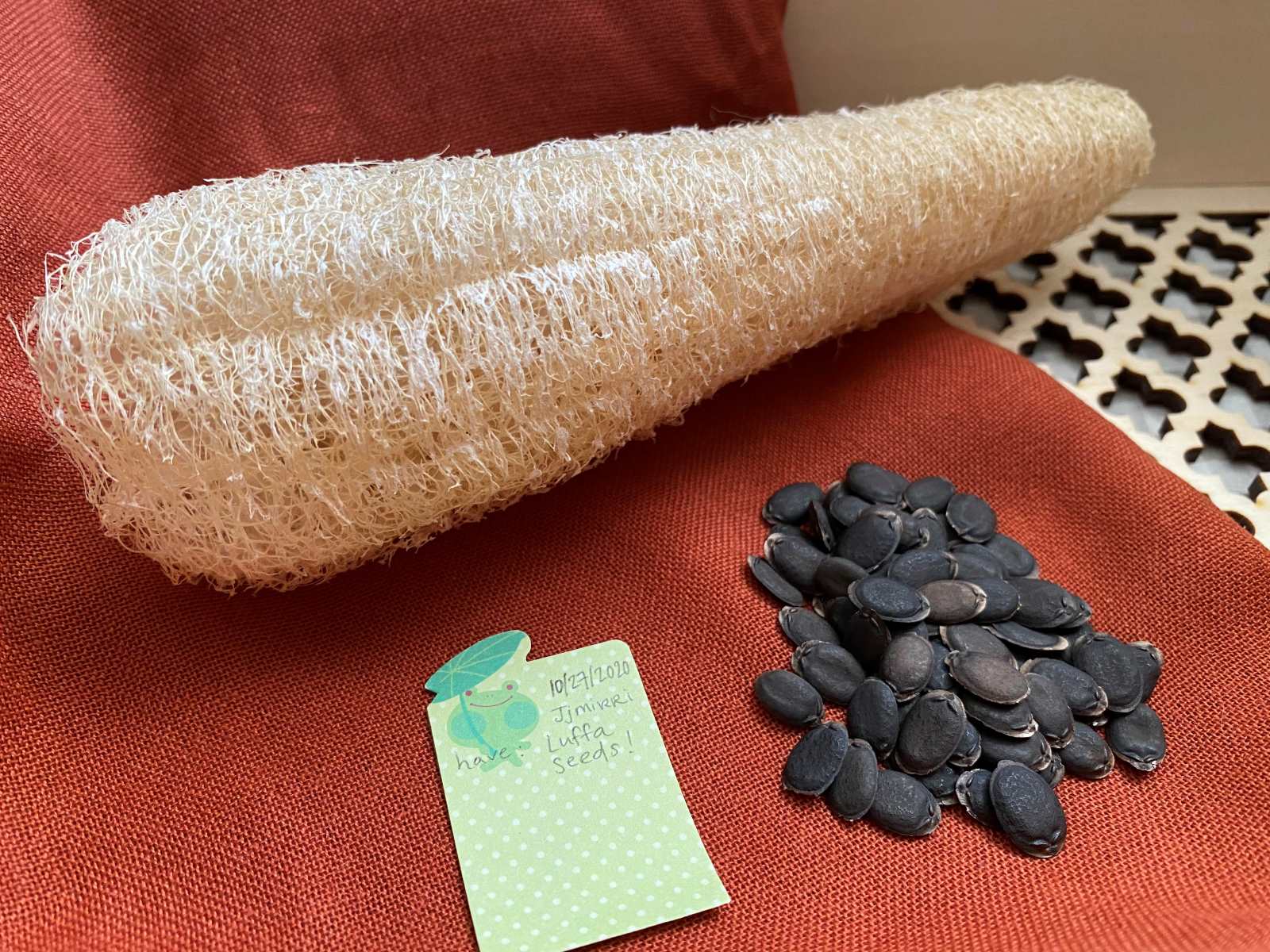
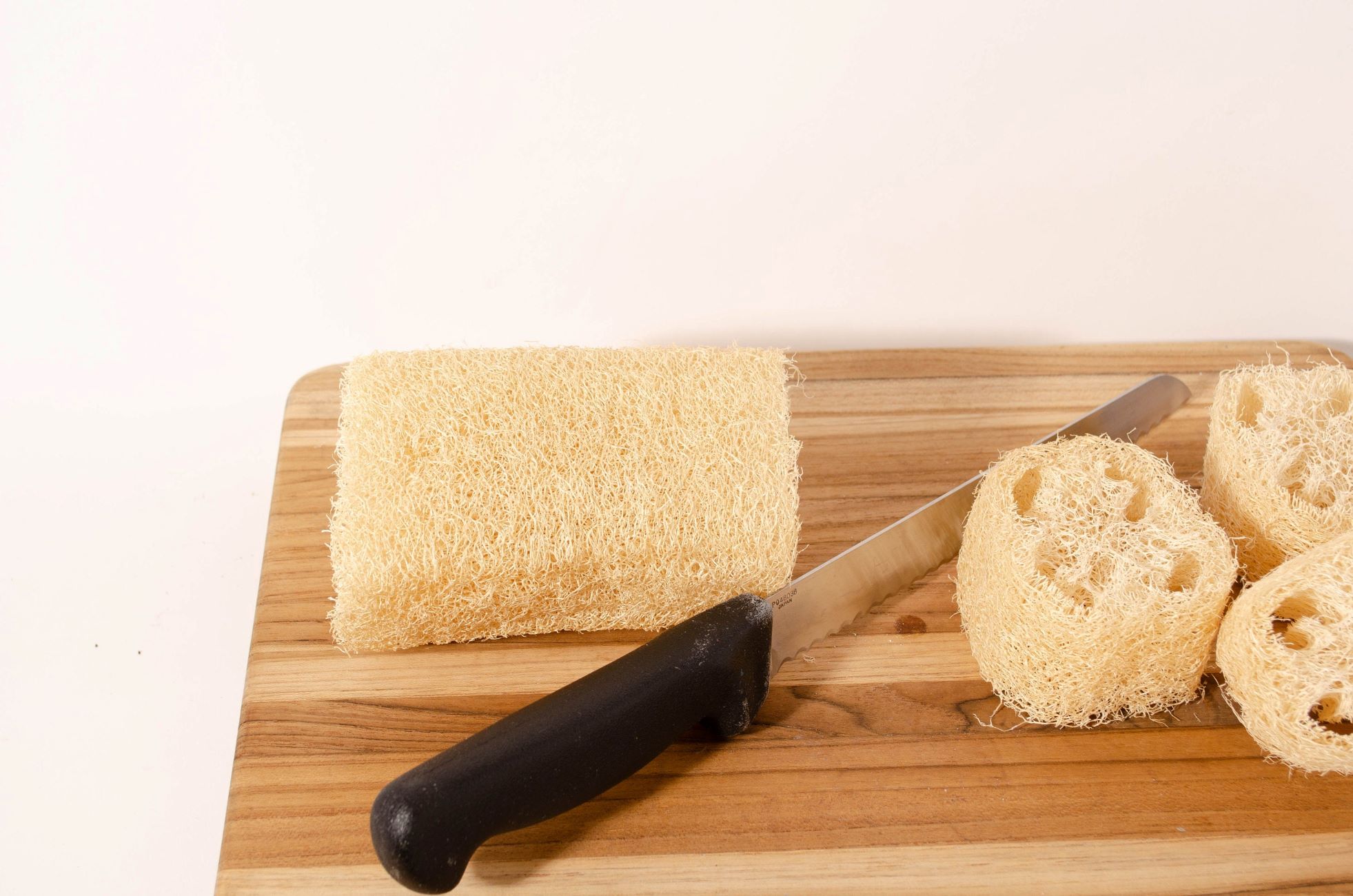
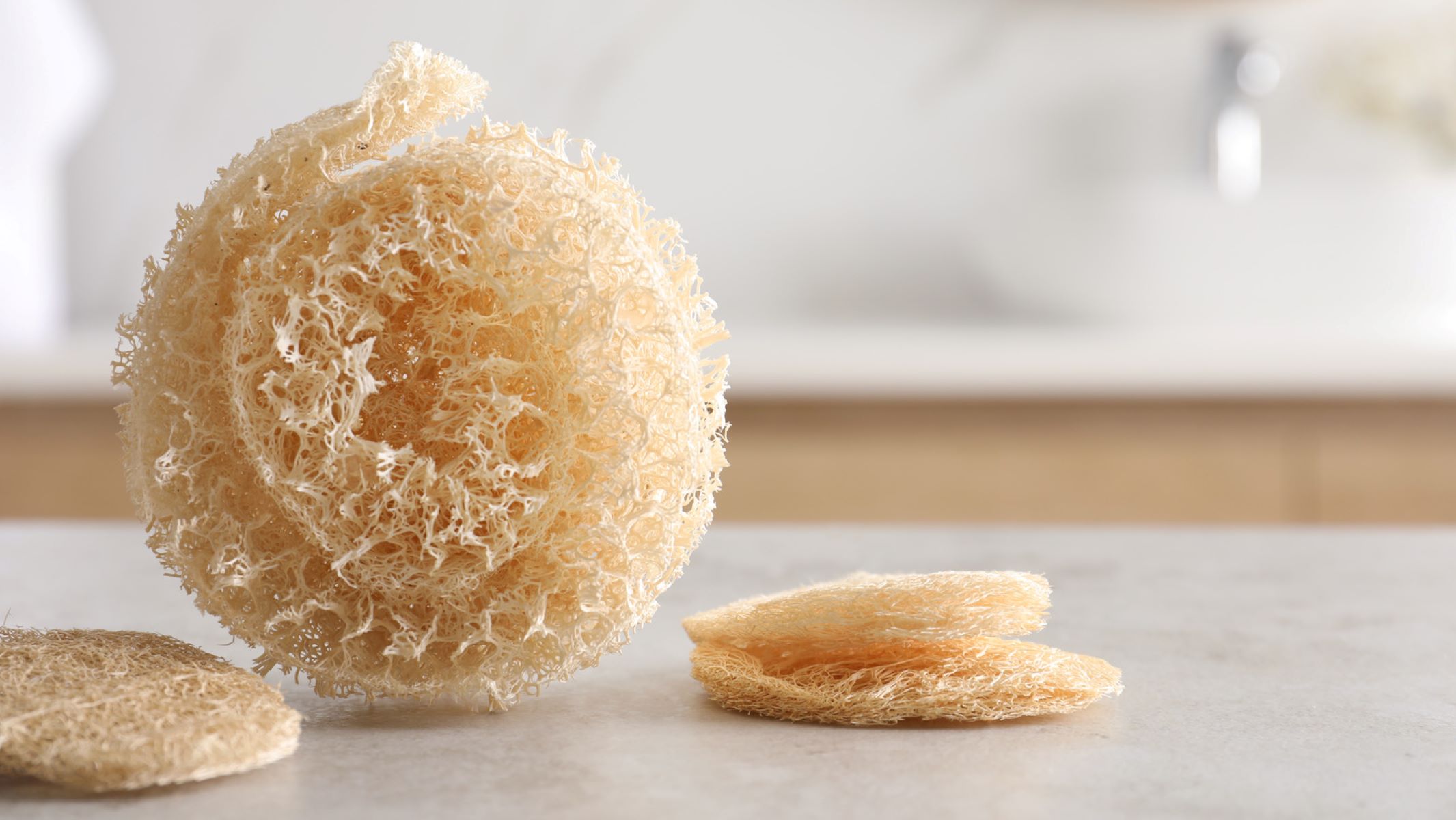
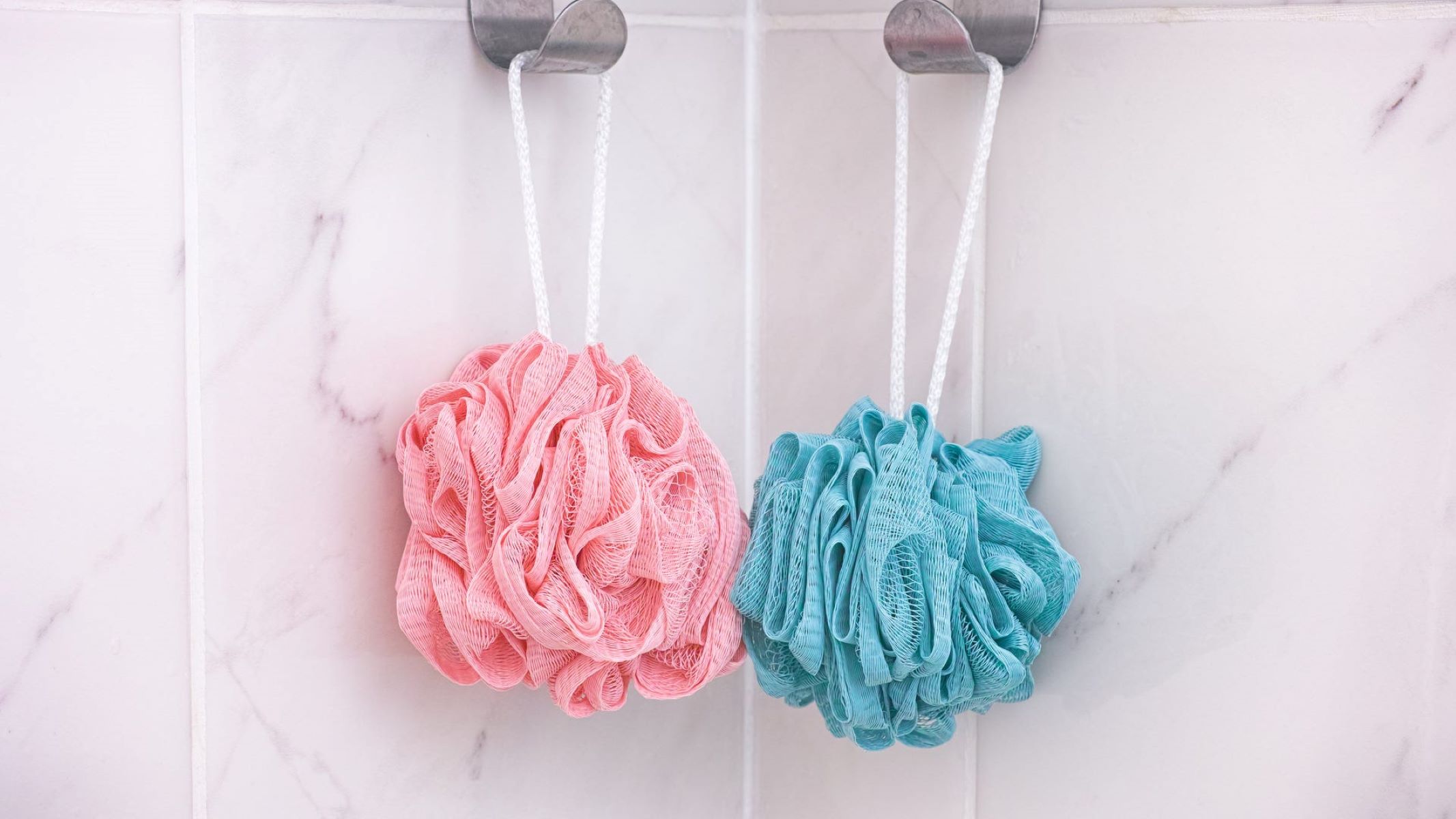
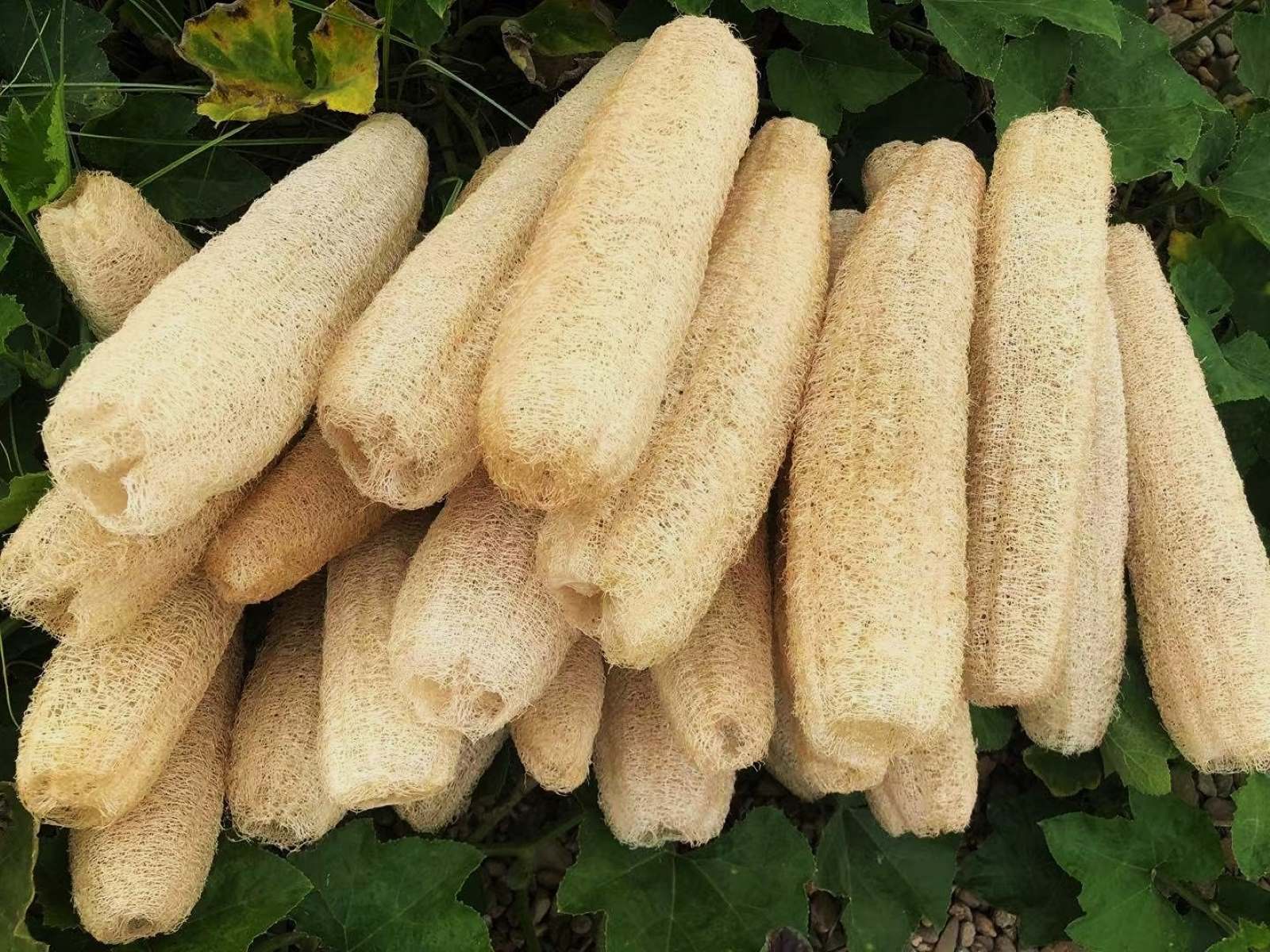
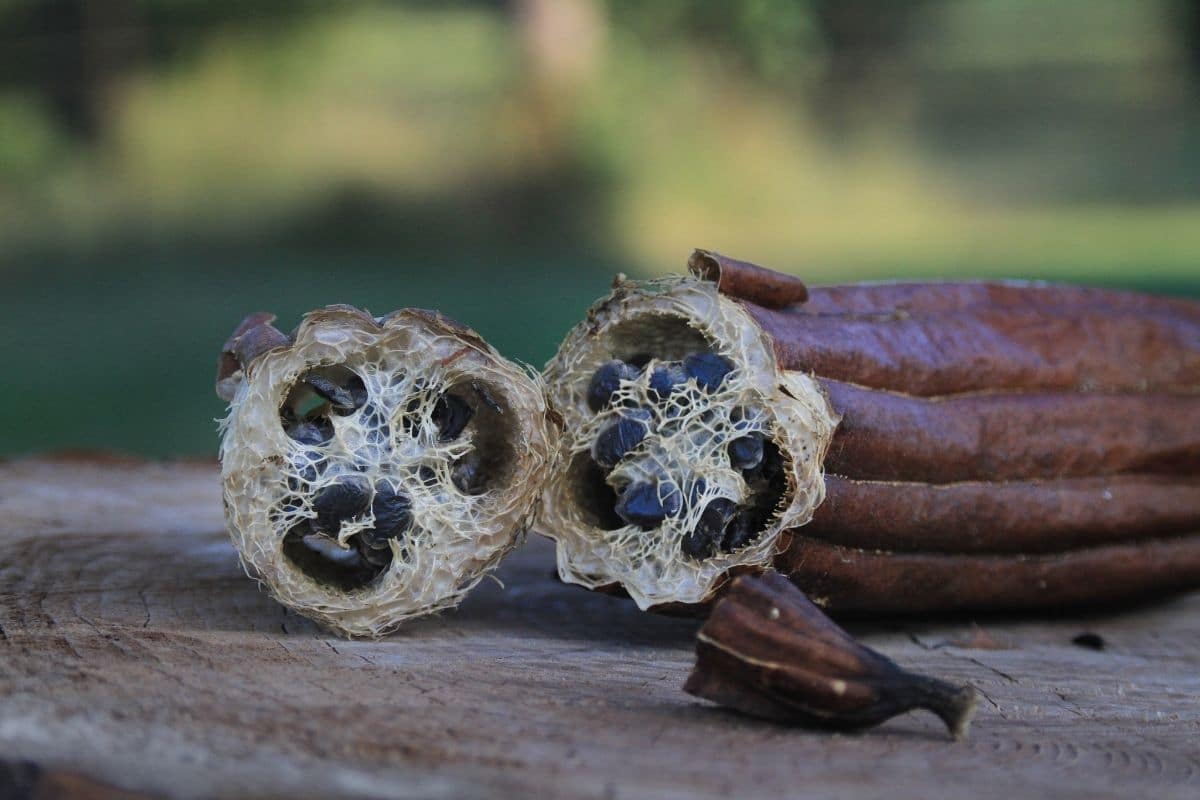
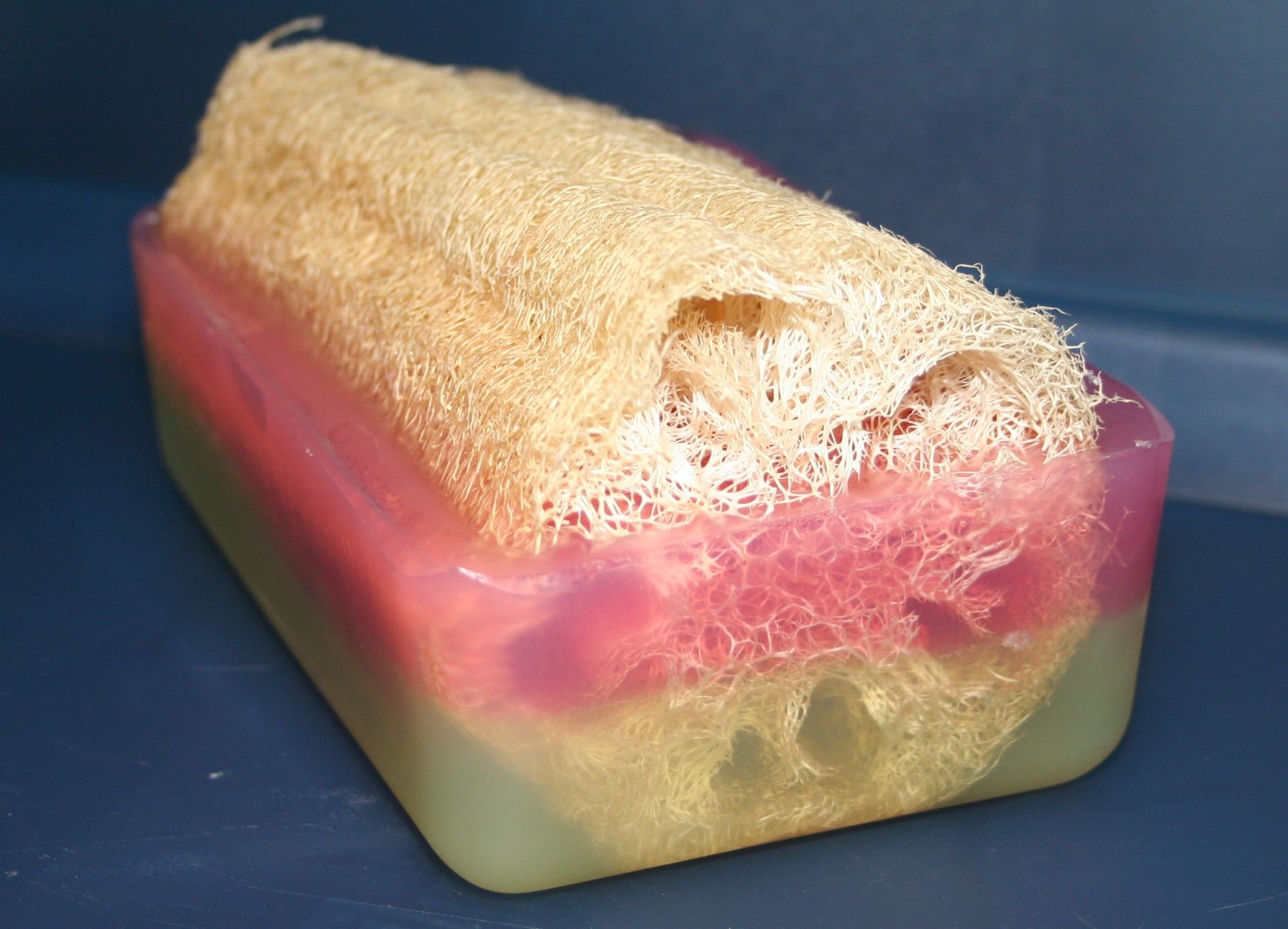

0 thoughts on “What Is A Loofah”